"Rare And Large Ornate Cast Iron Bench In Gothic Style, Calla à Paris, Paris, France, Circa 1850"
Rare and large bench in cast iron with a nice old patina.This bench was made by the Calla company in Paris, circa 1850.
It features Gothic decor, very much in vogue at the time.
A few old restorations are visible on the rear legs and the back of the crosspiece, but it’s very solid and stable.
Story
CALLA (Christophe François)
Dates: February 5, 1802 in Paris – 1884 in Nice
Nationality: French
Address: 28, Faubourg Poissonnière, Paris, then 92 rue Poissonnière, also rue Chabrol
Brand: CALLA – A – PARIS
Biography:
He is the son of François Étienne Calla (1762-1836). At the age of 23, he was in charge of reorganizing the Châtellerault arms factory. He took over from his father at the helm of the Calla factories in 1835, and continued to develop the family business, concentrating more on industrial foundry and art foundry activities.
Now located on rue de Chabrol, Calla’s factories were involved in some of Paris’s most important projects, such as the reunification of the Tuileries and Louvre palaces (metal framework), the Bibliothèque Sainte-Geneviève (1842, Labrouste entrusted him with the construction of the framework)… He is also responsible for the ornamental cast iron of the Panthéon, and the framework and ornamental cast iron of the Saint-Vincent-de-Paul church built by his friend, architect Jacques Hittorff (1792-1867), in the Poissonnière district, near his foundries. He took part in the construction of the Madeleine church, supplying dozens of tons of cast iron, and the Notre-Dame de Lorette church.
In 1839, he won a gold medal at the French Industry Exhibition.
In 1841, his first album included 12 plates, a quarter of his range (he was the first to publish a catalog).
In 1844, he won a prize for a fountain, vases and railings…
His factory also produced industrial cast iron (for artillery pieces during the siege of Paris, 1870-1871).
Christophe François Calla was the first to use cast iron on a large scale to produce decorative ornaments for public and private buildings. On Place de la Concorde, Hittorff had originally planned for the fountains, rostral columns and large candelabra to be made by his friend Calla. In the end, they were made by the Muel firm in Tusey, near Vaucouleurs in the Meuse department.
Instead, Christophe François Calla created the four fountains in the Carré Marigny on the Champs-Élysées promenades (Fontaine de Diane, Fontaine de la Grille du Coq, Fontaine des quatre saisons and Fontaine de Vénus). The « signature » of the Calla foundry is still visible on the various works cited here. Calla and Muel can therefore be credited with having created the art foundry industry in France. The first major castings, such as statues and ornaments, came from the Calla and Muel foundries.
Christophe François Calla became a foundryman for artists such as James Pradier and his pupil Antoine Étex. He was responsible for casting the Amazon at the Cirque d’été, historically located at the Rond-point des Champs-Élysées, a copy of which, also cast by Calla, now stands on the pediment of the Cirque d’hiver. He was also the founder of the statue of Saint Louis sculpted by Antoine Étex, as well as the reproduction of David d’Angers’ statue of Gutenberg, the original of which is in Strasbourg and the copy in the cour d’honneur of the Imprimerie nationale in Paris. He also produced numerous copies of works of art in cast iron or regule. Nine of his fire pots or Medici-type vases still stand in the Parterre du Midi at the Château de Versailles. In 1839, he created the fountain in the Square Louvois (rue de Richelieu, opposite the Bibliothèque Nationale), which bears the inscription « Cast by Calla in 1839 ».
At the 1851 exhibition, a large composition by M. Fratin, depicting two eagles swooping down on their prey, stood out. « A large composition by M. Fratin, depicting two eagles swooping down on their prey, stood out. This group was cast by M. Calla, of Paris, whose reputation as one of our foremost founders of iron and bronze is so well established, that it dispenses us from any praise of him. This sculpture probably stands today in Central Park. »
In 1852, he developed a new specialty for mechanical factories, being the first in France to create a locomobile, a double-acting steam engine used in agriculture and industry. The locomobile was used to drive threshing machines in the fields and production lines. He turned his attention to industrial cast iron, abandoning art cast iron.
In 1868, he sold his factories to the Chaligny (Faidherbe-Chaligny) and Guyot Sionnest families.
He was one of the founders of the Comptoir National d’Escompte de Paris, and a member of the Conseil Général des Manufacturiers and the Board of Directors of the Société d’Encouragement pour l’Industrie Nationale.
Sources and external links
Sources: 1) The man who was the first of the art founders has not benefited from research and publication. A book is in preparation. – 2) DEVAUX (Yves), L’univers des bronzes…, Paris, 1978, p. 262-263. – 3) HACHET (Jean-Charles), Dictionnaire illustré des sculpteurs animaliers et fondeurs, de l’Antiquité à nos jours, 2 vols. 18,000 pages, 2005. Les fondeurs, tome II, p.823. – 4) RENARD (Jean-Claude), L’âge de la fonte ; un art, une industrie, 1800-1914, Paris, 1985, p. 38-39. – 5) La fonderie française à l’exposition du Crystal Palace – Rapport sur l’exposition de 1851 : XXIIe jury. – 6) To read his obituary by Jules Baudry, visit the Cnam digital conservatory: Société des ingénieurs civils 1884 page 368 to 378 http://cnum.cnam.fr/CGI/fpage.cgi?ECCMC6.40/368/0/760/755/760


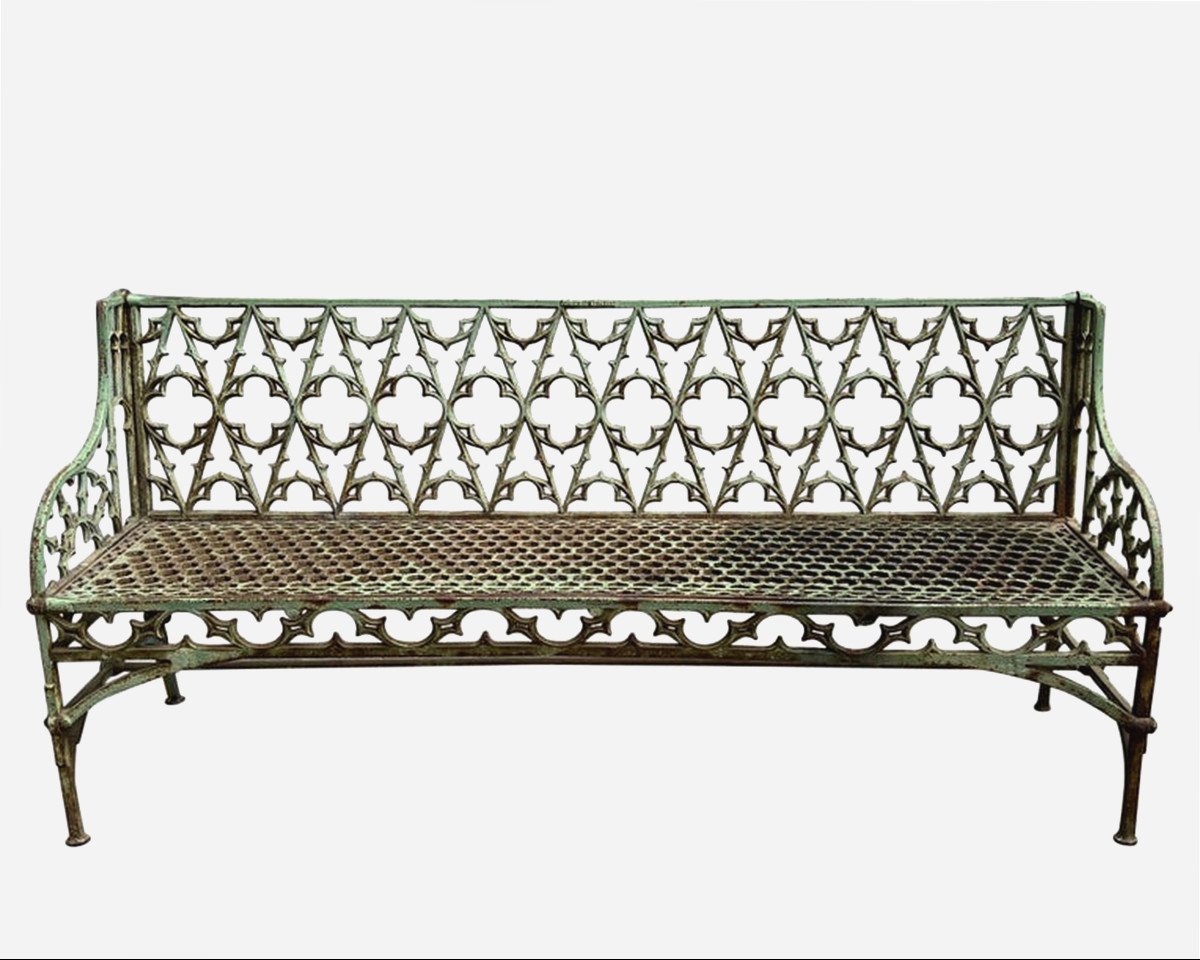
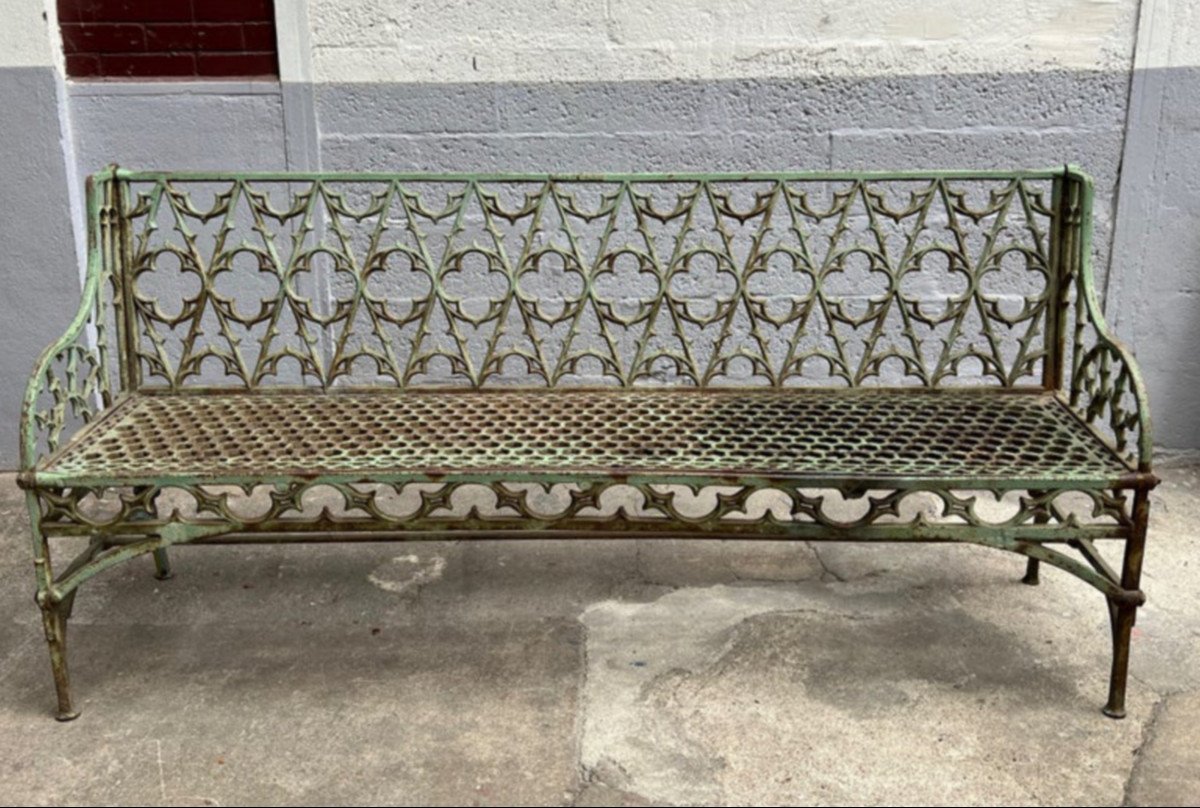
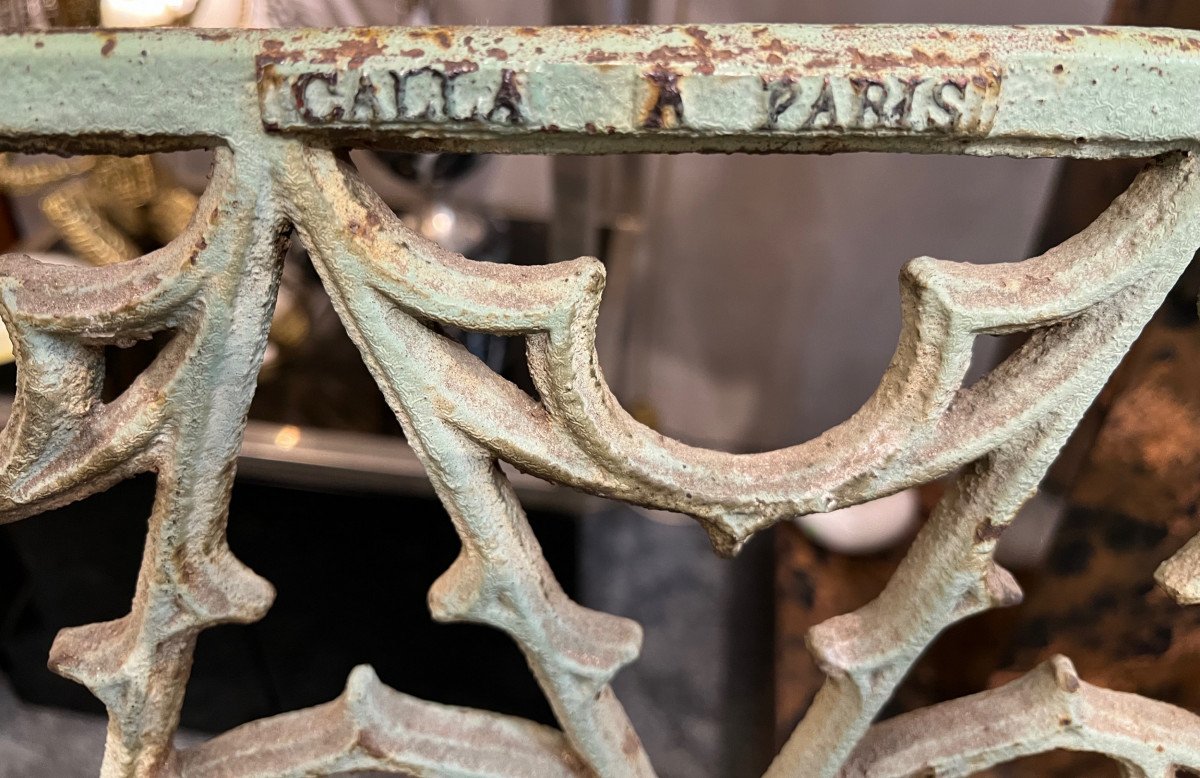
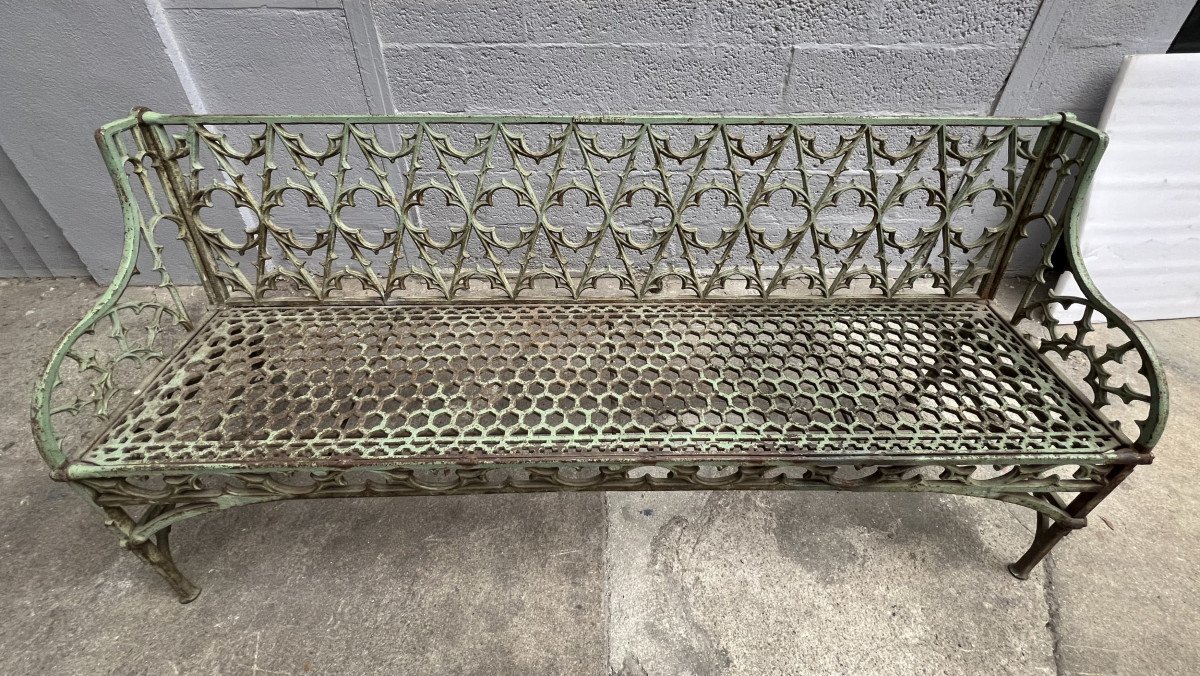
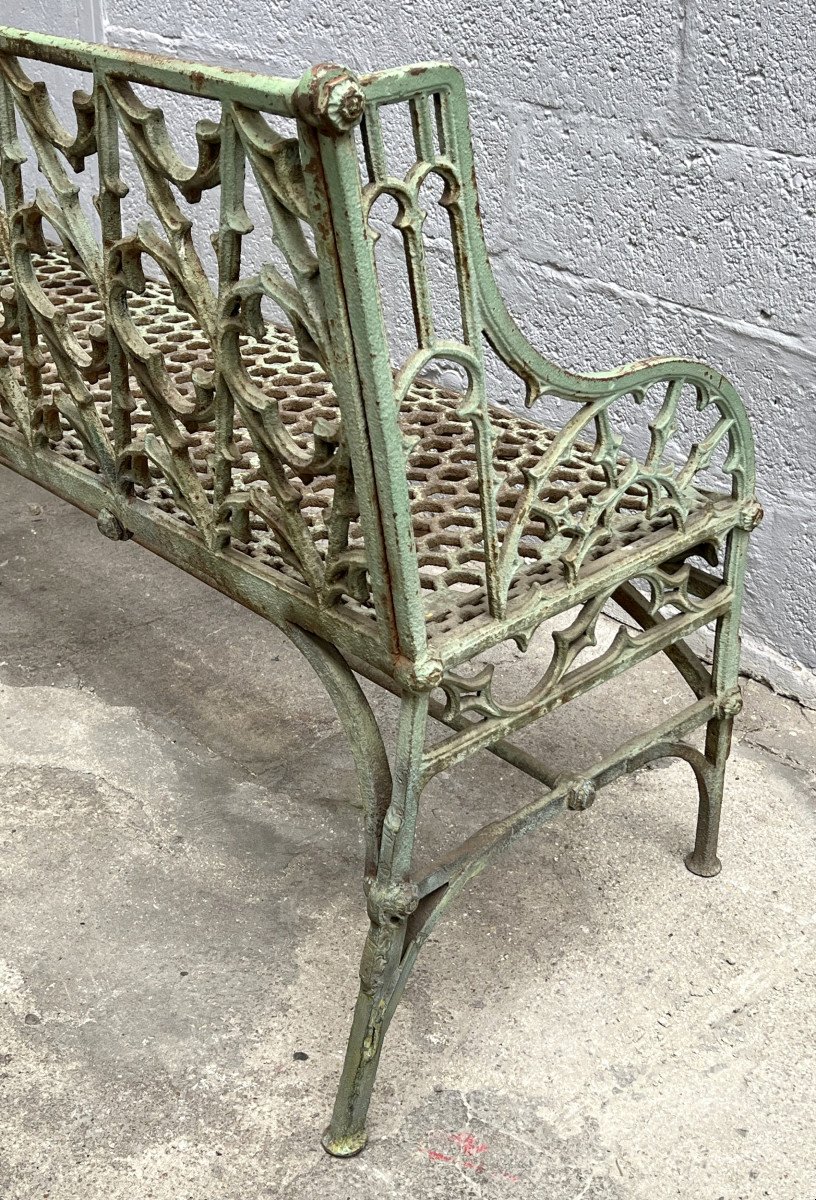
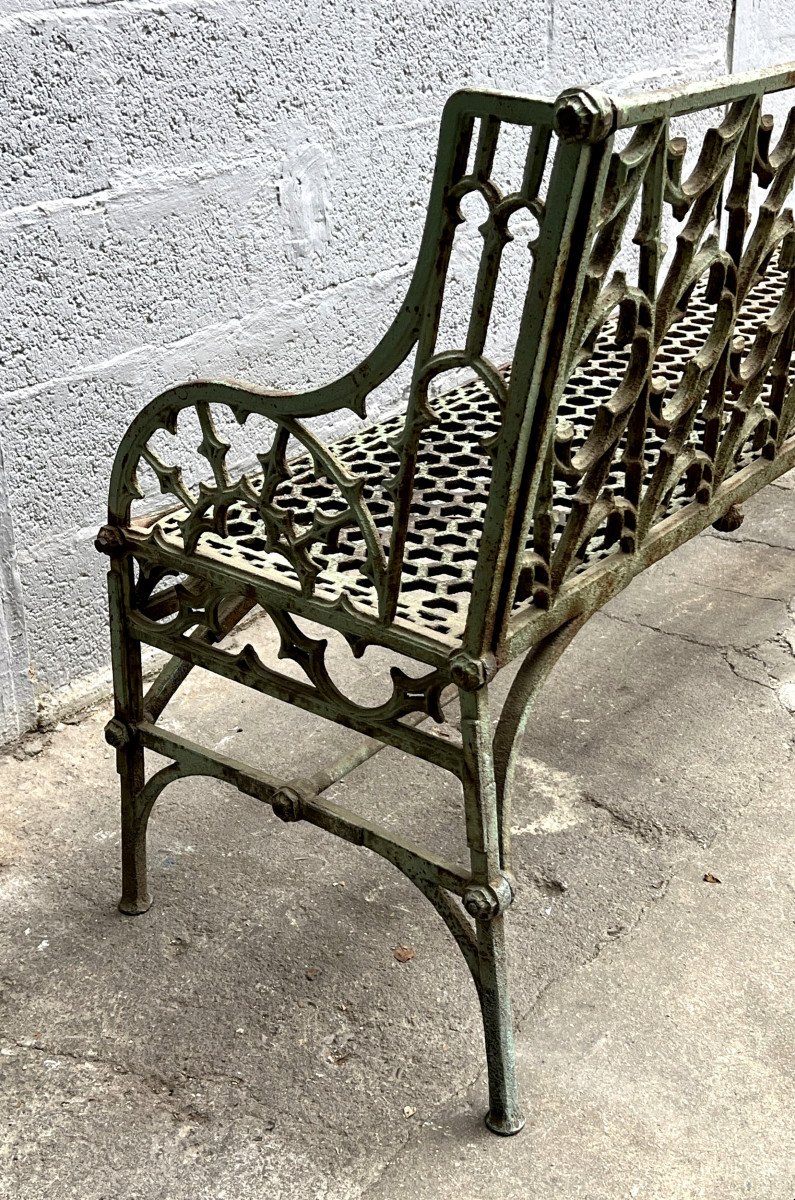
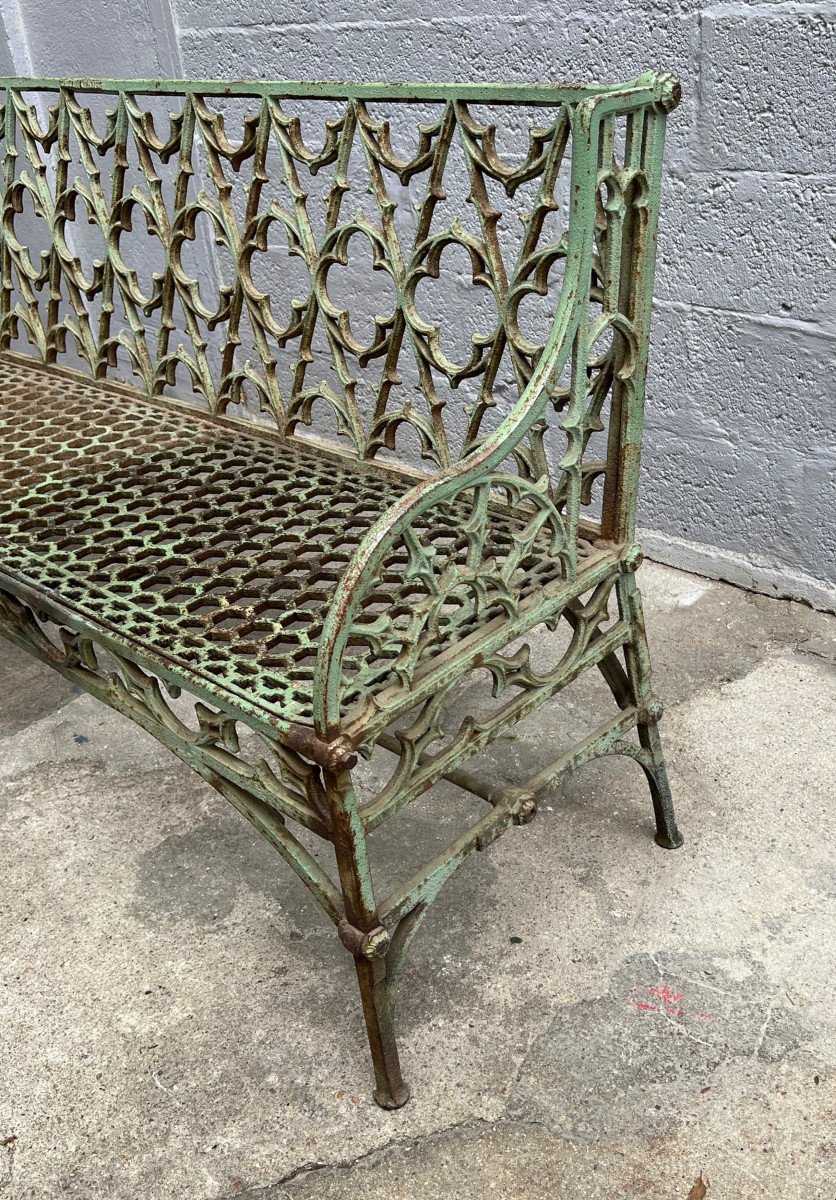
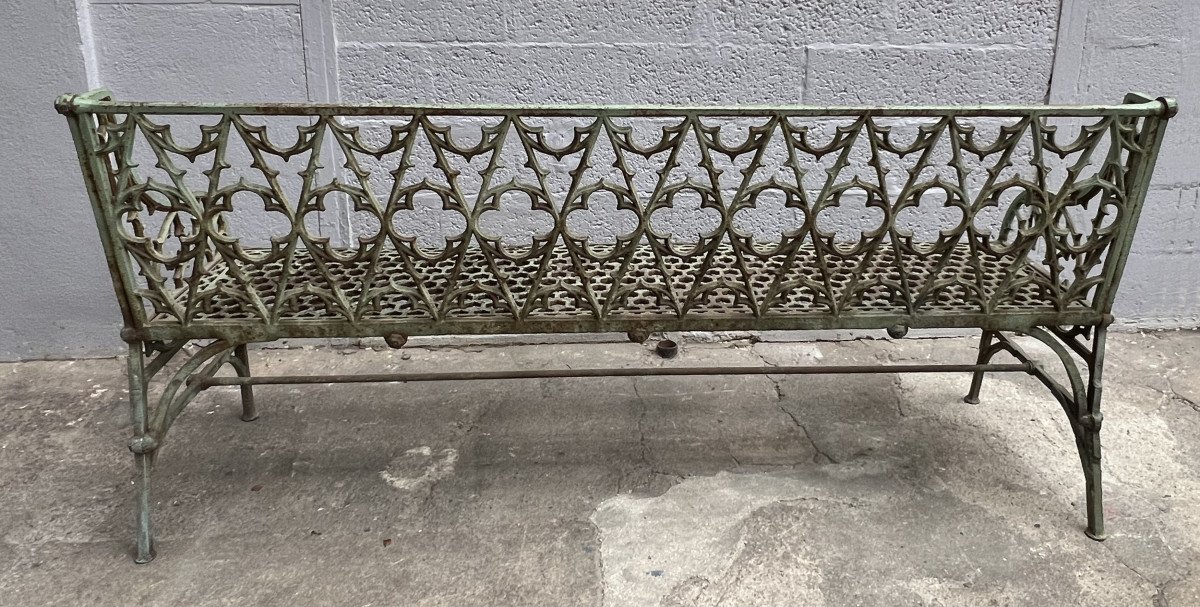
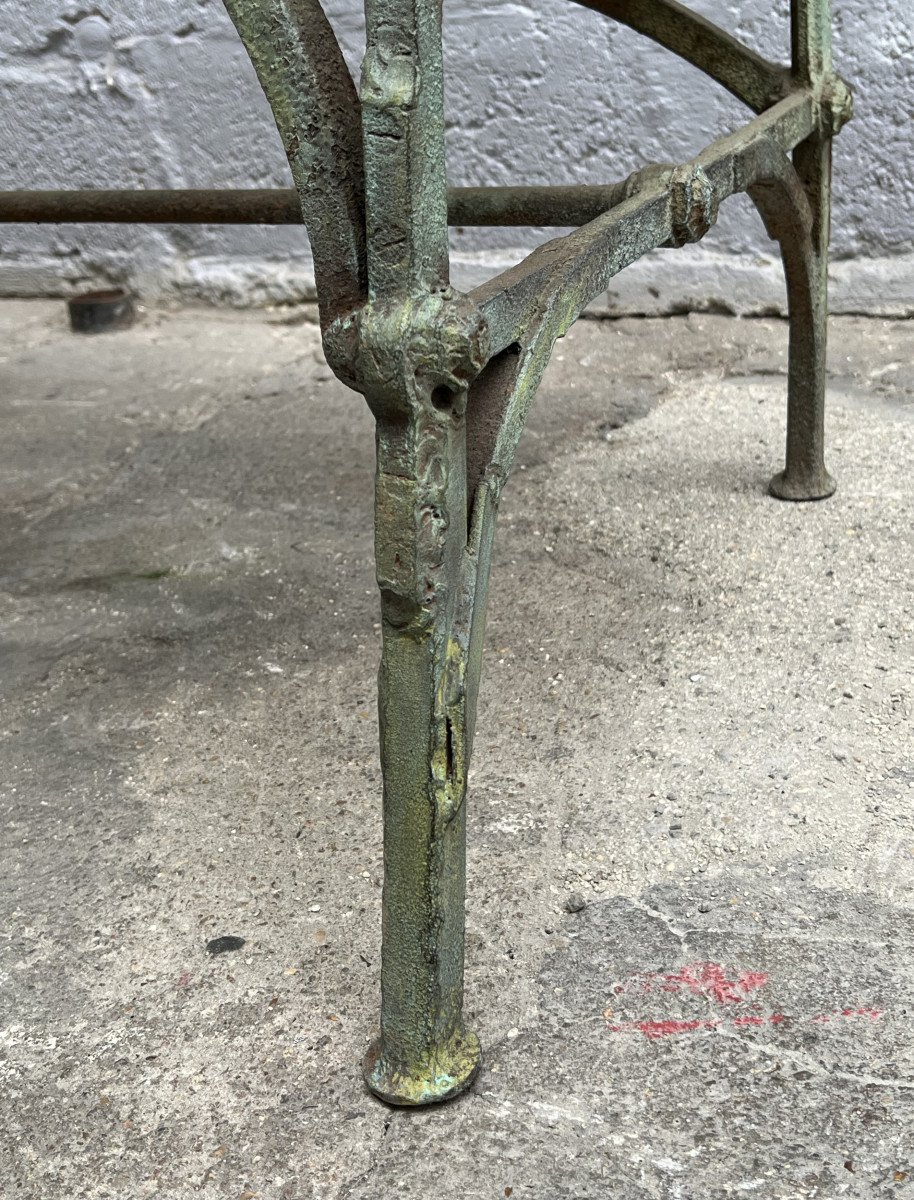
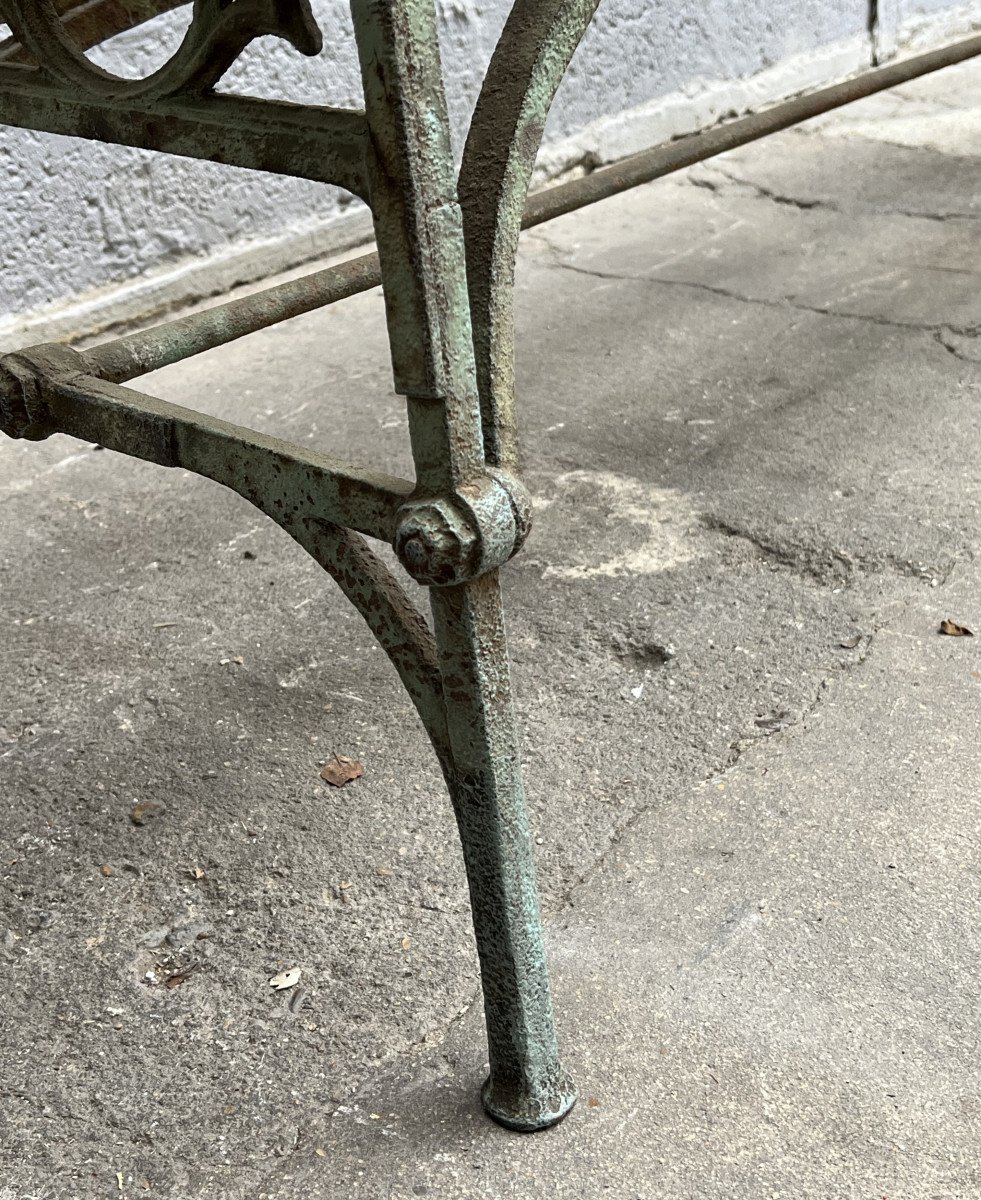
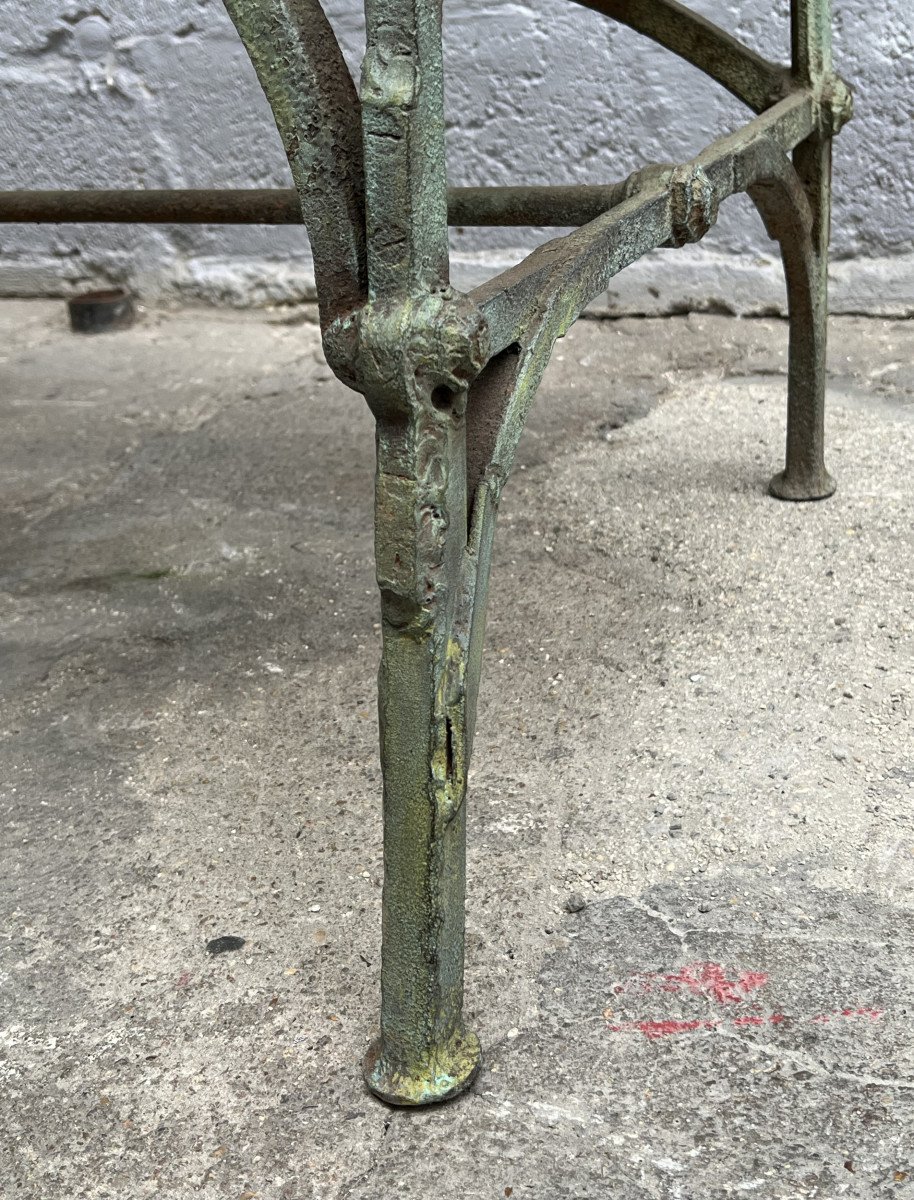
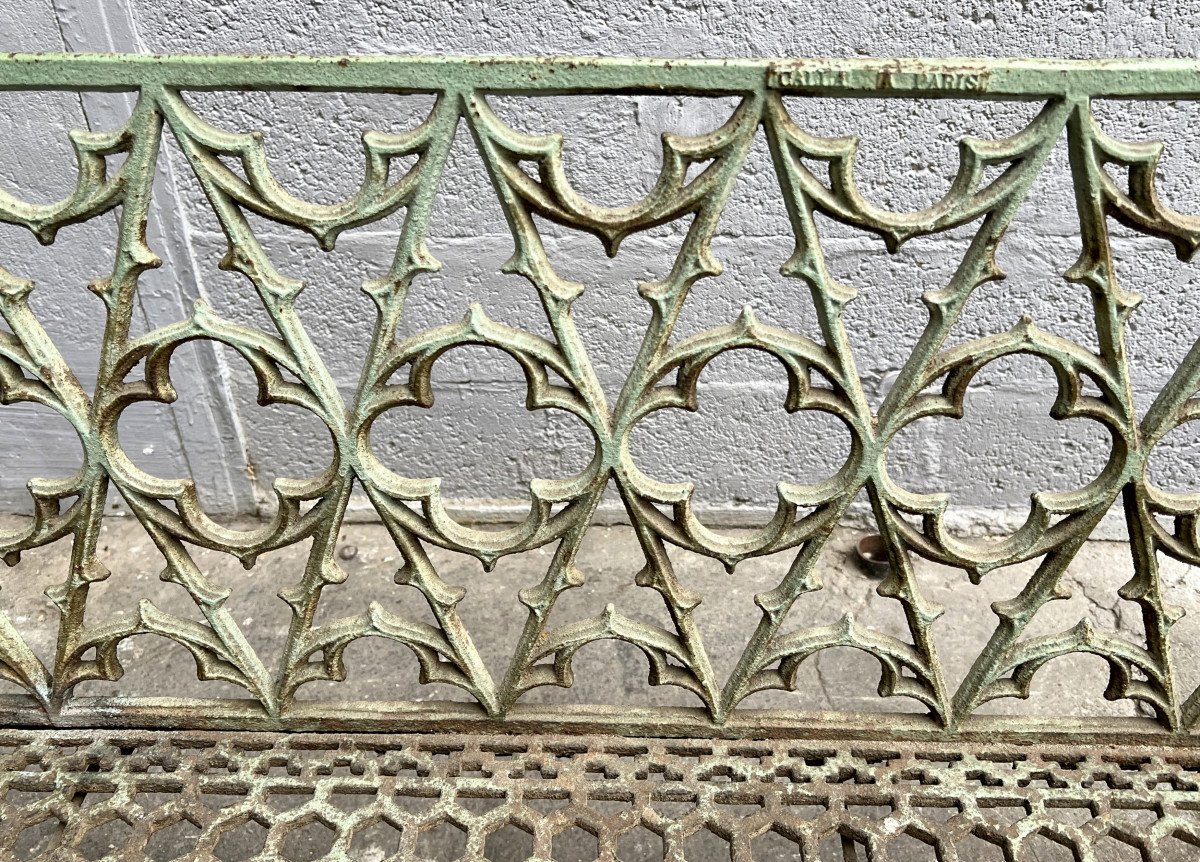















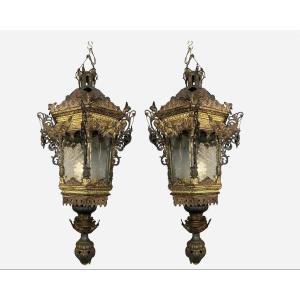
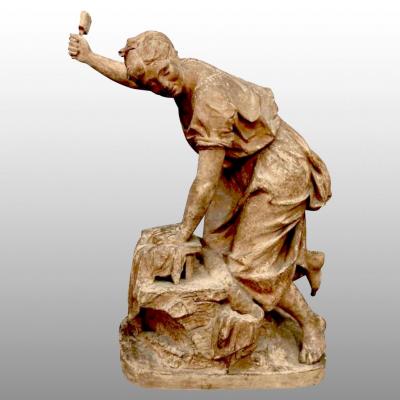
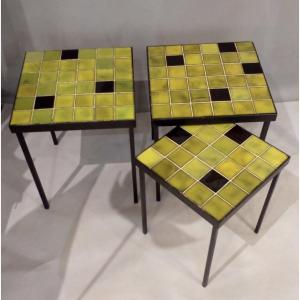

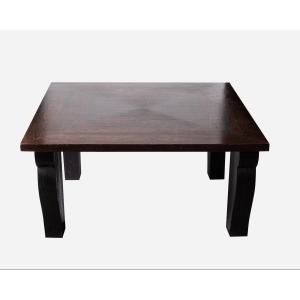
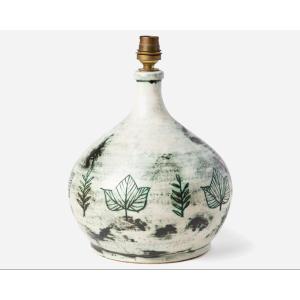



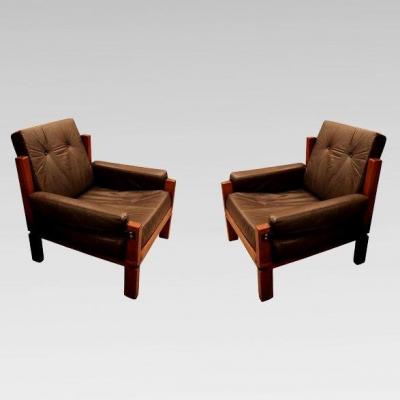
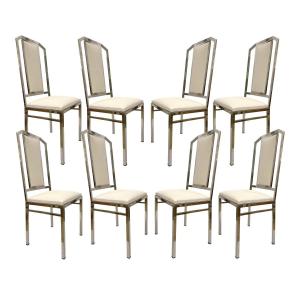
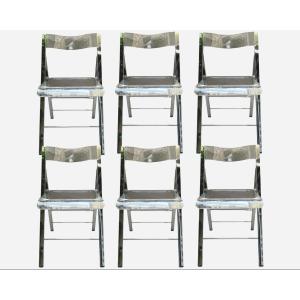

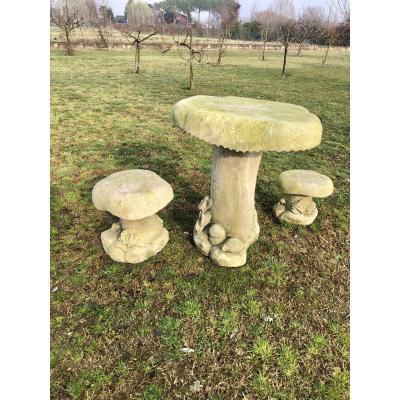
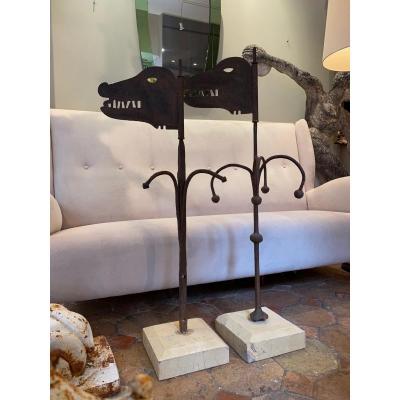
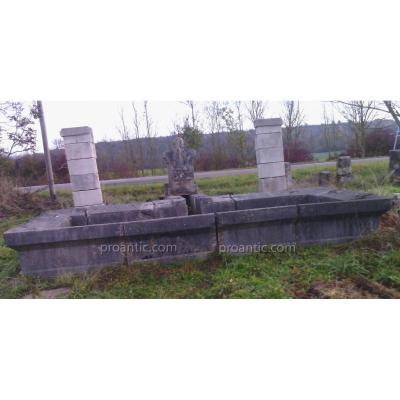





 Le Magazine
Le Magazine Rivista Artiquariato
Rivista Artiquariato TRÉSORS magazine
TRÉSORS magazine